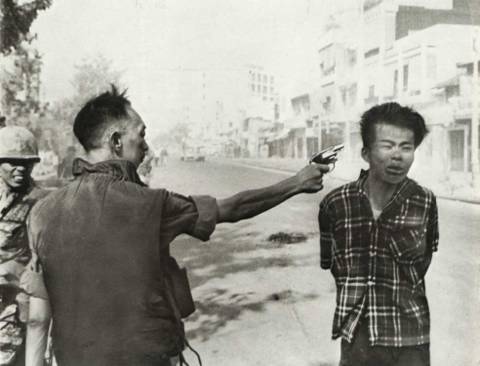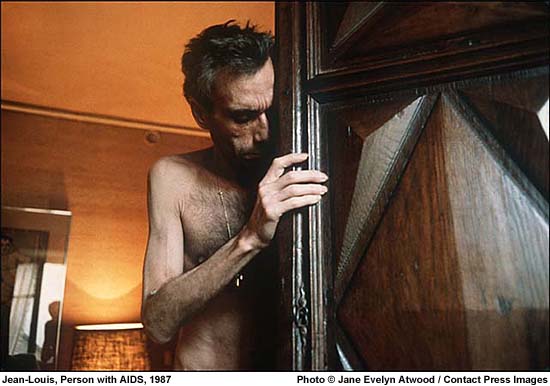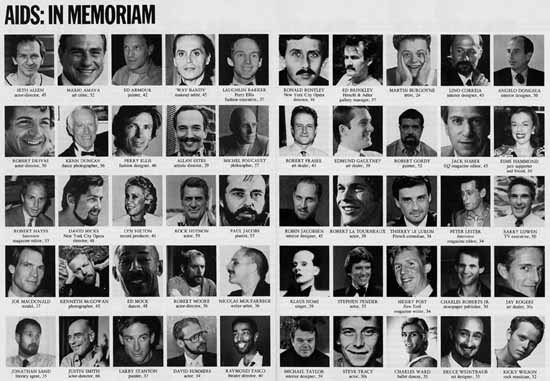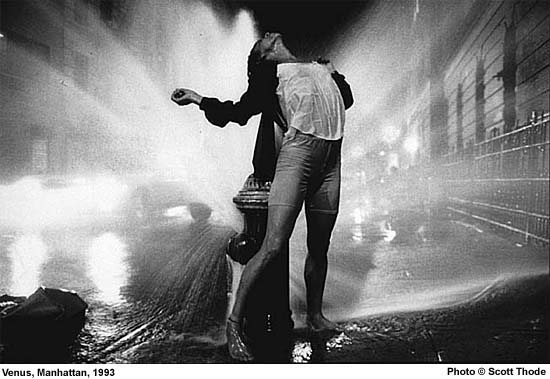 "You try to be invisible.... [If they] can accept you, the pictures happen."
"You try to be invisible.... [If they] can accept you, the pictures happen."
Eddie Adams, a photojournalist whose half-century of work included countless magazine covers and striking pictorial essays but was defined by a single frame (an Associated Press photo of a communist guerrilla being executed in a Saigon street during the Vietnam War) died early Sunday. He was 71.
Adams died at his Manhattan home from complications of amyotrophic lateral sclerosis. Diagnosed last May, he quickly lost his speech and had become increasingly invalided. Despite that, he remained alert, working into his final days at his photo studio in Manhattan's East Village.
Born Edward Adams on June 12, 1933, he served as a Marine Corps combat photographer in the Korean War and became one of the nation's top photojournalists with newspapers, the AP from 1962-72 and again 1976-80; and with Time-Life, Parade and other publications. Along with 13 wars, he covered international politics, fashion and show business. His portraits included U.S. presidents from Richard Nixon to George W. Bush and such world figures as Pope John Paul II, Deng Xiao Ping, Anwar Sadat, Fidel Castro, Mikhail Gorbachev, Indira Gandhi and the Shah of Iran.
In addition to a 1969 Pulitzer Prize for the Saigon execution picture, Adams's more than 500 honors included a 1978 Robert Capa Award and three George Polk Memorial Awards for war coverage.
Adams in 1988 founded the Eddie Adams Workshop "Barnstorm", an annual gathering at his farm near Jeffersonville in upstate New York, where established professionals and promising newcomers take part in photo shoots, lectures and instructional clinics. More than 100 teachers and 100 students attend the event each October.
In 1965, AP sent Adams to Vietnam, where by his own count he covered more than 150 field operations over three years. But fame resulted from a single photo taken Feb. 1, 1968, the second day of the communists' Tet Offensive, in the embattled streets of Cholon, Saigon's Chinese quarter.
Drawn by gunfire, Adams and an NBC film crew watched South Vietnamese soldiers bring a handcuffed Viet Cong captive to a street corner, where they assumed he would be interrogated. Instead, South Vietnam's police chief, Lt. Col. Nguyen Ngoc Loan, drew a pistol and shot the man in the head. Adams caught the instant of death in a photo that made front pages around the world. It would became one of the Vietnam's War's most indelible images, winning the Pulitzer, shocking the American public and used by critics to belie official claims that the war was being won.
In later years, Adams found himself so defined and haunted by the picture that he would not display it at his studio. He also felt it unfairly maligned Loan, who lived in Virginia after the war and died in 1989. "The guy was a hero," Adams said, recalling Loan's explanation that the man he executed was a Viet Cong captain, responsible for murdering the family of Loan's closest aide a few hours earlier.
"Sometimes a picture can be misleading because it does not tell the whole story," Adams said in an interview for a 1972 AP photo book. "I don't say what he did was right, but he was fighting a war and he was up against some pretty bad people." He was prouder of a photo of "boat people" fleeing postwar Vietnam that helped spur Congress and the Carter White House to admit 200,000 Vietnamese refugees to the United States in the late 1970s.
 Eddie Adams, 1968
Eddie Adams, 1968













































